While inclusivity is everyone’s business, companies are finally recognizing that it is not optional. In today’s environment, competitive organizations must leverage diverse talent and allow a multitude of voices to shape their perspectives rather than rely on a homogenous narrative.
The Black Lives Matter movement has helped our entire society understand the dominant forces of white supremacy that have run our nation for hundreds of years. This movement is just one example of the influences of this centuries-old approach on our culture. Further, it gives us a course of action for how we can change it. And this all starts with inclusion and diversity.
The state of diversity in the art industry
No industry or organization is immune from this awakening. And that includes the world of art.
Nearly two million Americans consider themselves artists. Yet, most of what America views as art is produced predominantly by white artists. In New York City galleries alone, 88 percent of artists featured are white.
Institutional racism keeps Black people locked out of the art world, putting these talented artists in a disadvantaged position, subject to exploitation and discrimination.
The danger lies when we, as a society and fellow artists, pretend we don’t see it or worse, feel we can’t do anything to change the narrative.
Here are a few ways to encourage diversity in the art world and support Black artists.
Use the wow factor to pioneer change
Photographer and artist, Brien Hollowell, knows the pressure of having to deliver. “As a Black artist, I am always searching for how to bring beautiful work to the table and deliver the story of how my journey as an artist began,” Hollowell says.
His work on the soon-to-open Clayton Members Club in Denver did exactly that. With a mixture of previous work and brand-new features, Hollowell’s goal was to wow his audience with cutting-edge work. Incorporating Black life and art into the walls of a historically one-dimensional experience was important to the founders of the Clayton Club and Brien’s photography brings to life the everyday and extraordinary.
Art has the ability to make people experience the world in a new way and challenge their perspectives. Take the Don’t Hide mural installation at 14th & Stout for instance. Housed along Denver’s theater district, the expansive installation is the largest mural ever created by renowned street artist Shantell Martin and tells the story of the process, creating a piece with no defined beginning or end.
When looking at art for your organization, remember to consider more than just the interior walls. A parking garage, exterior wall, or even a fence can make for a unique art experience.
Embrace the lessons in history and storytelling
Art tells a story and shapes our views of the world. For Kendra Dandy, the artist behind some of the vibrant works at the forthcoming Catbird Hotel in Denver, art gives insight into the lived experience.
“Being a Black artist means being able to express my creativity through a unique perspective due to what we’ve experienced in our lives and through our culture,” says Dandy.
There are many ways to embrace history and diversity when it comes to your immersive artworks. There’s no better place to start than with the artists themselves. At NINE dot ARTS, clients are often told that it’s easy to hang art on the walls. But having an artist articulate their inspiration allows viewers to understand the vision and connect with the history and experience of the piece.
Another way is to incorporate local artifacts and regional significance into art design. Find ways to embrace the culture of your space and the community you serve. Even the most historic areas can benefit from an immersive art experience.
Creating narrative events is also important in telling the story of your project, the local community, and the artist’s experiences. In Martin’s “Don’t Mind. You + Me” bench sculpture, a message of togetherness springs forth from her design through bold, yet straightforward words and her trademark style of black and white drawings. As a self-described “cultural facilitator,” Martin emphasizes the way colors, shapes, philosophies, and identities are intertwined, chronicling the connected paths of us all.
Bring the right voices to the table
Inclusion and diversity begin with the understanding that life is viewed from a myriad of perspectives. By bringing different voices to the table, you directly address the deficits in your way of thinking and doing business. It gives you a fuller, multi-faceted view of the world.
As you begin to create immersive art experiences, don’t just focus on the message you’re hoping will connect with your audience. Focus also on who should deliver that message.
The Bonfils-Stanton Foundation knows firsthand the importance of art. As one of the leading arts funding foundations in Denver, they wanted their new space to express the beauty of the local arts community they support. Critical to this endeavor was the use of multiple, diverse voices from established and emerging local artists. They even created a bilingual curatorial packet of the art collection for non-English speaking visitors to the space.
This is just one example of how an inclusive art experience can enable important and valuable perspectives. Yet sadly, diversity is often not thought of when it comes to art projects.
“It’s only recently that institutions across the country have exhibited and collected the work of Black artists in significant numbers,” says Floyd Tunson, the artist behind multiple pieces at The Elizabeth Hotel. “As art centers become more inclusive, they’ll be better for it.”
This kind of inclusion doesn’t only impact the audience. Inclusion matters to up and coming artists looking to see their faces and voices reflected. “When I started as a photographer in Denver, I didn’t have any Black artist role models locally,” says Hollowell. “However, in New York, I was surrounded by many talented Black photographers. The things I learned there allowed me to pioneer my way here.”
It’s time to embrace diversity in art
Art brings heart to an organization. It provides eye-opening opportunities to have important conversations about race, history, and power. It requires multiple voices and vulnerable, honest communication.
This all begins with more representation for artists of color and increased support. “In the commercial art world, Black artists, except for a very few, fall behind when it comes to commanding top prices for top-level work,” says Tunson.
Yet, he is hopeful this will soon change. And for NINE dot ARTS, we believe it must. The more diversity you have, the more you realize the truth of the world. And art can be the catalyst to make sure that story is told.
About the Author: Martha Weidmann, CEO, and co-founder of NINE dot ARTS
Martha’s deep understanding of the art business and tenacious drive for business success is something all her own. As CEO and co-founder of NINE dot ARTS, Martha oversees all business operations and is basically our head cheerleader and evangelist to the world. Martha graduated from Colorado State University with a dual major – Communications and Fine Arts. She started her career with Walker Fine Art gallery in Denver, then moved on to the most prestigious art consulting firm (at the time) in the region, McGrath and Braun, from which NINE dot ARTS was born.

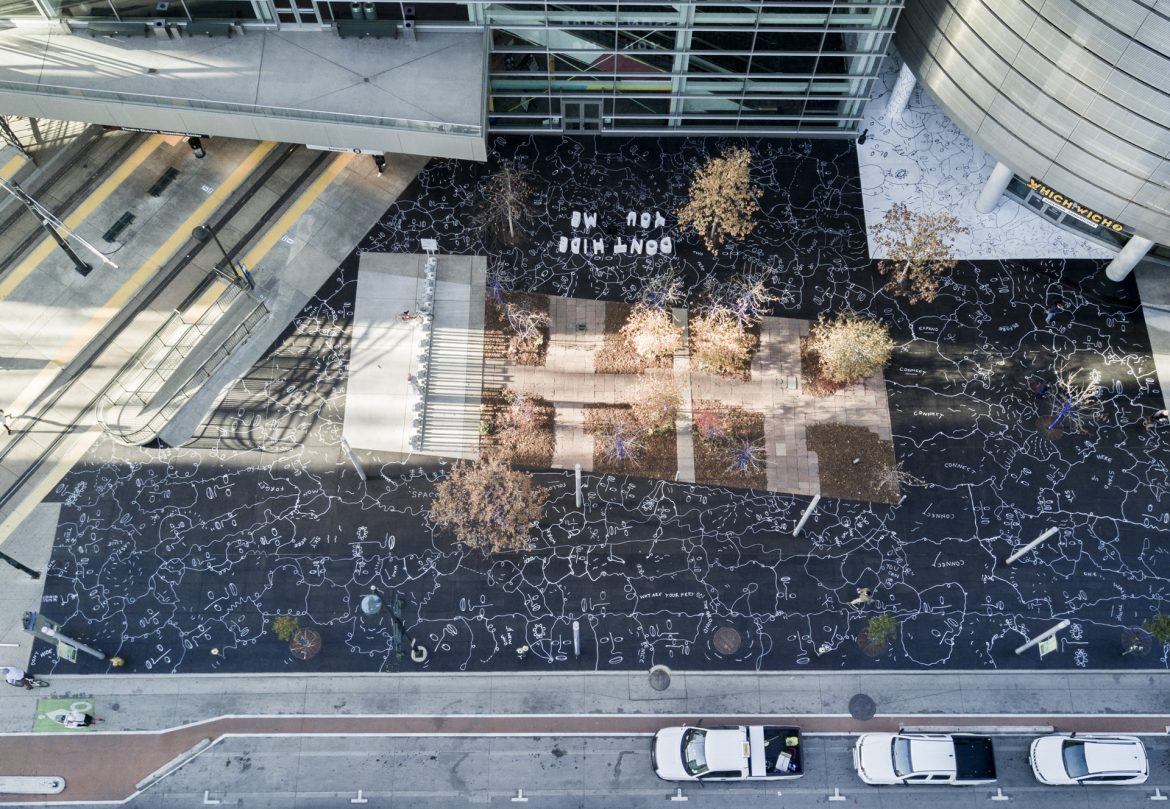




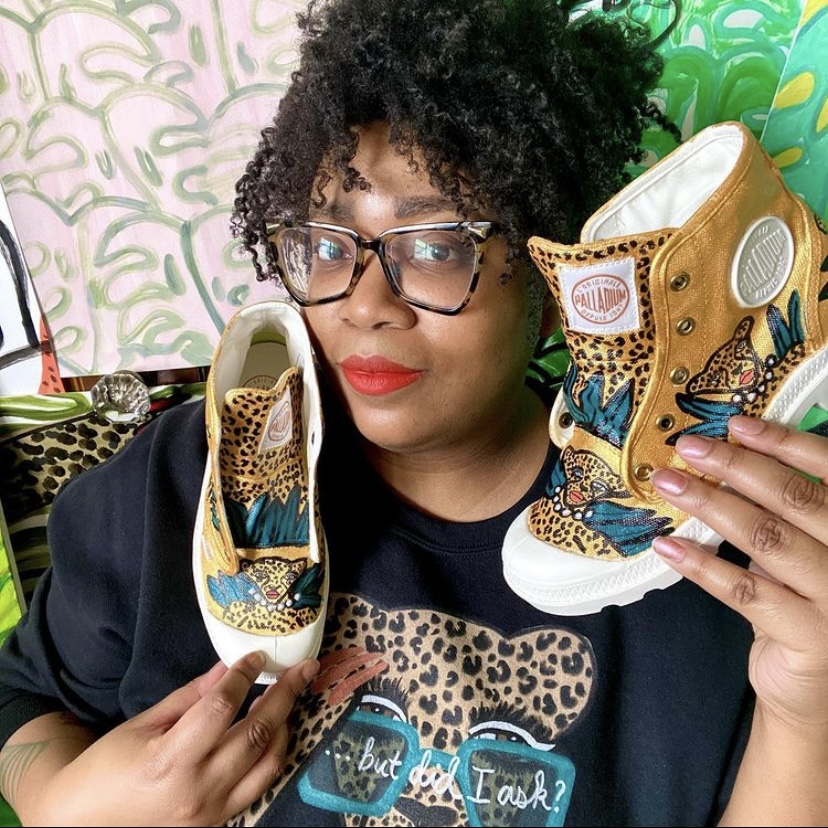
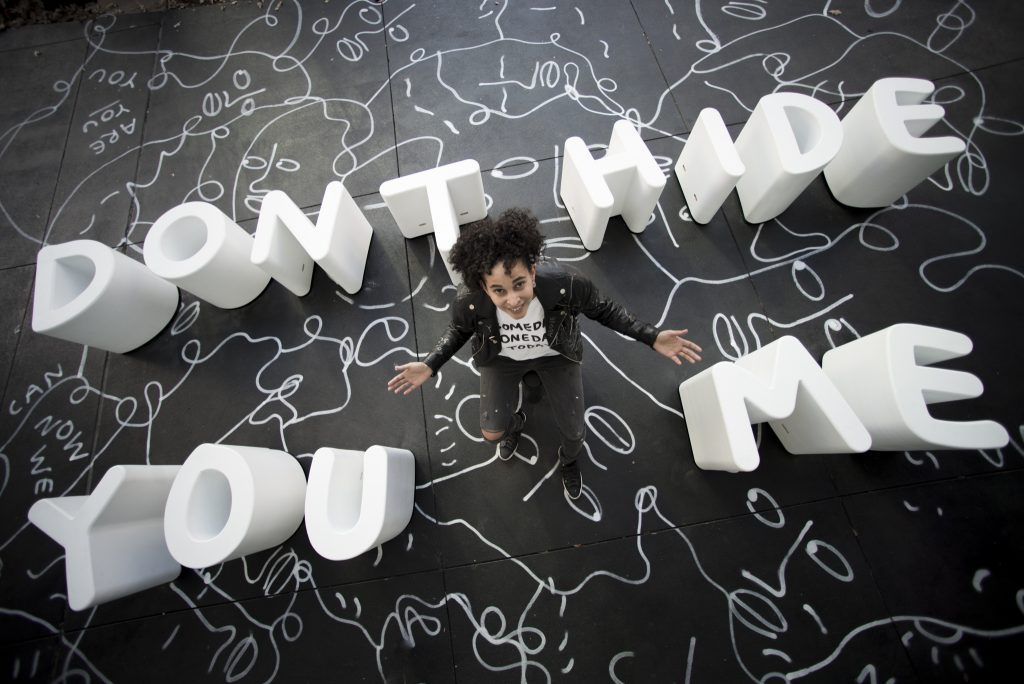
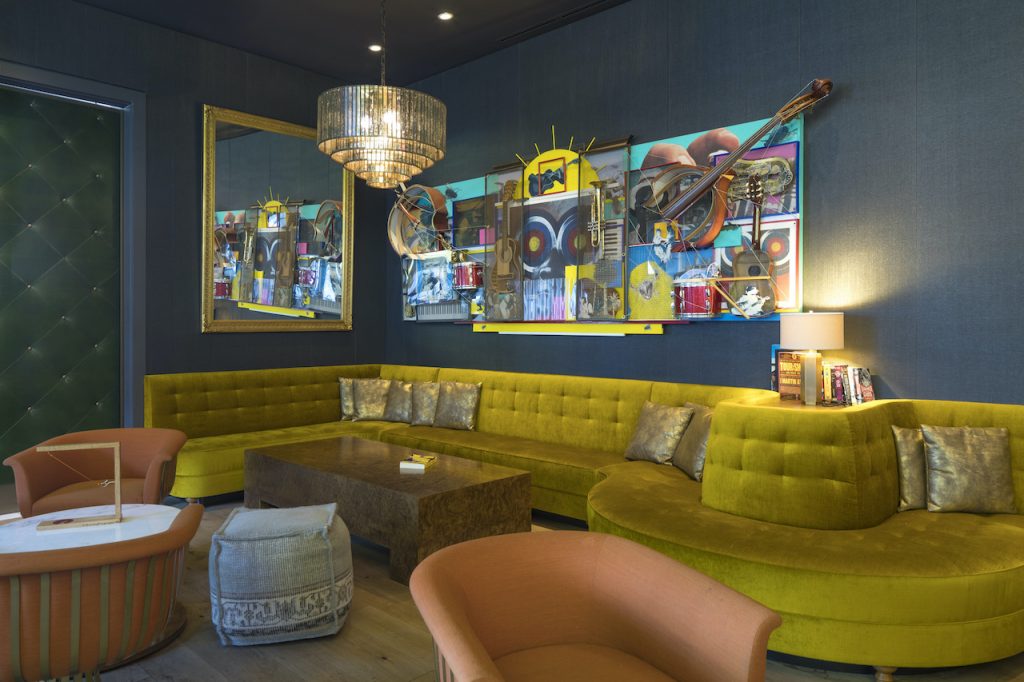
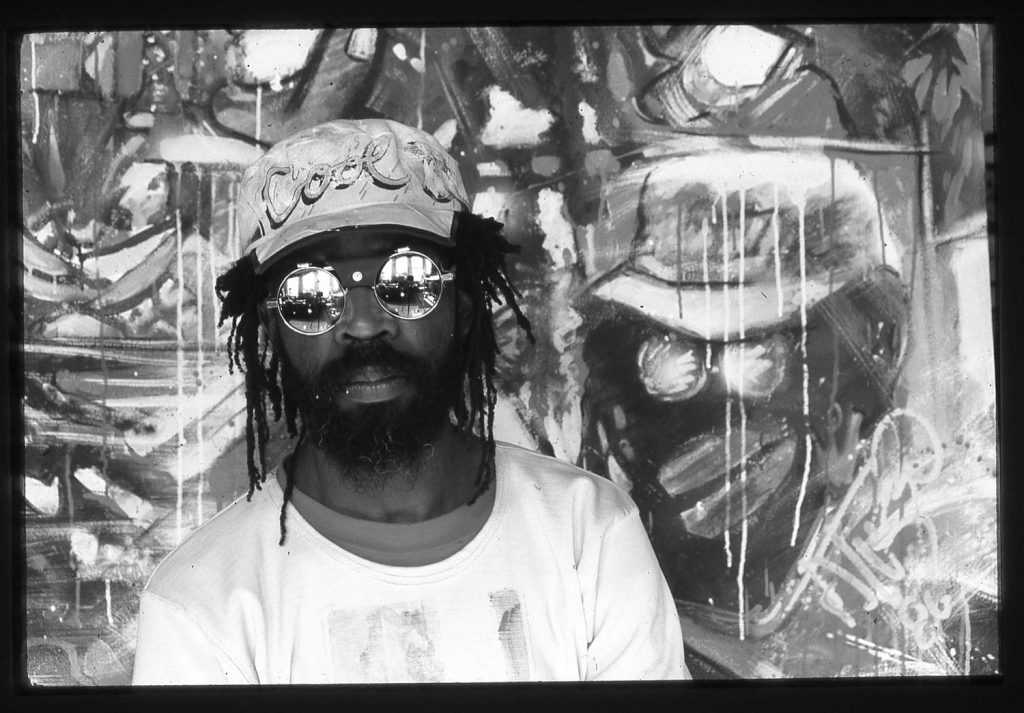







NO COMMENT